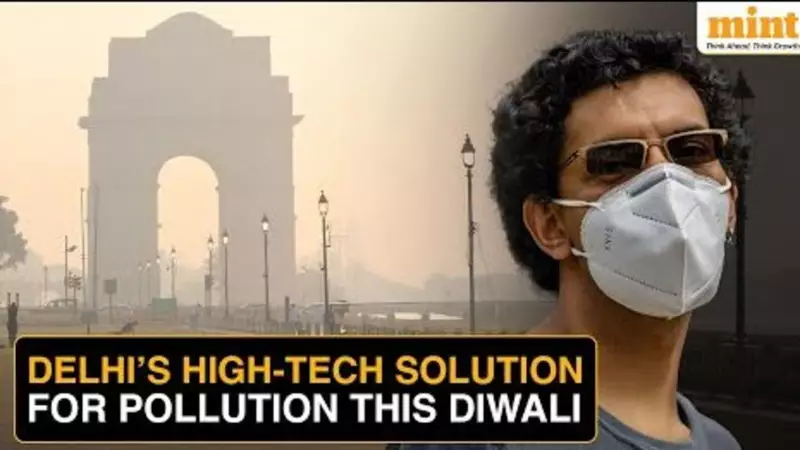
North India is once again choking under a thick blanket of smog as several cities from Delhi-NCR and Haryana feature prominently among the nation's 15 most polluted urban centers. Recent data reveals an alarming deterioration in air quality that has left millions gasping for clean air.
The Pollution Hotspots
According to the latest Central Pollution Control Board (CPCB) findings, Delhi, Gurugram, and Rohtak have emerged as critical pollution epicenters. These cities are experiencing Air Quality Index (AQI) levels that far exceed safe limits, pushing them into the 'severe' and 'very poor' categories that pose significant health hazards.
What's Causing the Toxic Air?
Multiple factors are contributing to this environmental emergency:
- Stubble burning in neighboring states continues to be a major contributor to the deteriorating air quality
- Vehicle emissions from the dense traffic in urban centers
- Construction dust from ongoing infrastructure projects
- Meteorological conditions including low wind speed and temperature inversion trapping pollutants
- Industrial pollution from manufacturing units in the region
Health Implications You Can't Ignore
Medical experts are sounding the alarm about the severe health consequences of prolonged exposure to such polluted air. Respiratory diseases, aggravated asthma, eye irritation, and cardiovascular problems are becoming increasingly common among residents. The most vulnerable populations—children, elderly, and those with pre-existing conditions—face the highest risks.
Immediate Measures and Long-term Solutions
While authorities have implemented graded response action plans, including potential restrictions on vehicle movement and construction activities, environmentalists emphasize that long-term, sustainable solutions are urgently needed. These include promoting public transportation, accelerating the transition to renewable energy, and effectively managing agricultural waste without burning.
The recurring nature of this annual crisis underscores the need for coordinated regional action and stronger enforcement of environmental regulations to ensure citizens can breathe safely.





